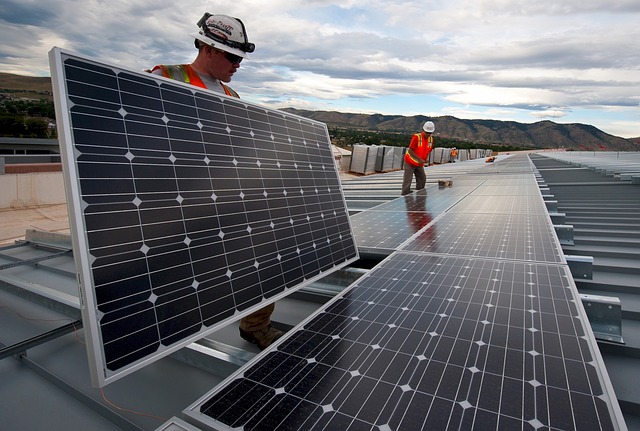When European Commission (EC) Vice President Valdis Dombrovskis announced an array of green investment proposals to encourage capital formation in green investment bonds – including lowering capital requirements regulators will allow for such investments – this intervention is viewed as a negative, according to Moody’s. While the overall goal to more closely conform with the Paris Agreement is viewed as a consistent policy statement from the European Parliament (EP) – and encourages investment in a geopolitically strategic industry — it is not a credit positive for the banks, Moody’s analyst Alberto Postigo says.

skeeze / Pixabay
Green Investment Bonds: As the strategic battle for green jobs is being fiercely fought by China, the European Union looks to encourage investments
“Green jobs” and green investment is not just a social imperative, but have become a global race of sorts.
While employment related to renewable energy in the US is growing, with 260,000 people employed in the sector, in China 2.5 million people are employed in green energy, according to the International Renewable Energy Agency.
“Even in China where coal is — or was — king, the government still recognizes that the economic opportunities of the future are going to be in clean energy,” Alvin Lin, Beijing-based climate and energy policy director with the Natural Resources Defense Council, told CNN.
In Europe, there is a recognition that engaging in green energy planning is good for the long-term economy — and they are taking action.
The proposed EC incentives come as the European Parliament (EP) proposes to support “green” industries by reducing risk weights on such investments by 24% for investments for those below €1.5 million and 15% for the portion above €1.5 million. Investments secured by residential property would not be eligible.
Moodys noted that to determine which investments qualify, the EP would create a Climate Bonds definition that would not be combined with other social initiatives designed to influence investments, such as supporting small and midsize enterprises or infrastructure.









Leave A Comment